Whether it’s for blogs or website copy, newsletters or flyers, writing is a skill that sounds easier than it actually is. It’s not uncommon for a business owner to sit down in front of an empty document on their screen, place their hands on the keyboard, and suddenly realize they have no idea where to start.
Even when they do know what they want to say, now they have to figure out how to say it. Consider all the things that go into an informative-yet-friendly website, or the last blog you read and enjoyed. Sentence structure, organization, word choice, spelling, grammar, punctuation, clarity, tone and voice - not to mention research and SEO!
So, how can you make sure that your writing is...well...right?
What’s the Message?
Before you can begin writing, you must consider the message you are trying to convey to your audience. What are you trying to say to them? How does it relate to your business?
There are two types of messages used when you’re writing for your customer base:
[full_width]
 Knowledge Messages
Knowledge Messages
This type of message is angled at giving information to your audience. While it can also be part of your buy-now approach, the message isn’t necessarily about why they should buy from you. Instead, Knowledge messages focus on proving the proficiency that you and your business have in your particular field, and are most useful on websites, brochures, and blogs.
For instance, a good knowledge message for a divorce attorney might outline the differences between contested and uncontested divorces, while a baker could share a list of gluten-free baking ingredients used at their store. These messages, while potentially interesting to a buyer, are information based. They build authority by proving that the business owner knows what they’re talking about.
[/full_width]
[full_width]
Buy-Now Messages
When you use a buy-now message, your main focus is to entice the reader to actively spend money on your products or services. Your writing should be slanted toward immediate or near-immediate action, and it’s important to focus your writing on the benefits of particular products or services. Buy-now messages tend to be used more in copy for flyers, advertisements, or landing pages.
Good examples of utilizing buy-now messages would be an antique store making a flyer of refurbished furniture from the 1920s, or a tax accountant advertising their income tax services. While it never hurts to share some knowledge with your buy-now message, it should be clear to your audience that they need to act fast to take advantage of your products or services.
Both the knowledge and buy-now messages are important for your copywriting, but every piece of content that you write should always have a call to action.
[/full_width]
What is a Call to Action and How Do I Use It?
A call to action (or CTA) is defined as a clear instruction to your audience intended to prompt their next step in the buying journey. CTA’s are used for everything from lead generation to an immediate purchase and should be present in every form of copywriting that you do.



Some examples of Calls to Action.
How you use your call to action depends on the type of message and the form of contact your audience is making with your written content. For instance, a landing page that offers a downloadable e-book (Both the landing page and the e-book are great examples of knowledge messages) could require an email address before the download can begin. That means that you based your CTA on lead generation: Now that you have the customer’s email, you’re free to contact them in the future!

An example of a Call to Action aimed at email collection.
Another form of CTA would be a brochure that prompts the reader to call for more information. This not only generates a lead, but also builds rapport more quickly than an e-mail, which could lead to a faster sale.
With the message and the call to action clear in your mind, the final thing to consider is this: Will your audience respond to your writing?
 Who is Your Audience?
Who is Your Audience?
To make sure that your message and call to action strike the right note, you want to be sure that your audience is ready to receive that content. Demographics such as location, age, education level, income level, and even marital status can help you define the original parameters you’ll need to figure out your content’s audience. Apply those parameters to current or past customers and you can quickly define the audience that uses your product or service the most.
Beyond that, you’ll need to find out if your ideal timing and locations for advertising your content at will match up with the audience you’re designing for. Would you advertise in a high-end boutique if you were a used appliance store owner?
Case study:
Ronald is a dentist who wants to increase his marketing in Knoxville, TN. He wants to find customers needing teeth whitening services. He decides to run a special on the service, so he creates a flyer and a blog post advertising the special. His flyer has a CTA that says, “Schedule your consultation today!” The flyer is then mailed out to all of his patients a month before 4th of July. He also writes a blog post about the safety of teeth whitening services, showing that he understands the risks but also how to avoid them. He then adds a CTA at the bottom that says, “Sign up for our mailing list for more information on our dentistry services!”
In one fell swoop, Ronald has notified and actively invited his customers to schedule a consultation with him for teeth whitening services. He also timed it well - he’s giving them at least a month to get their teeth whitened before family gatherings for a holiday weekend. Who doesn’t like to impress their family?
On top of that, he also demonstrated his knowledge in a somewhat-controversial dentistry service, and how he works hard to do things the right way. Established trust like that will go a long way to having new people sign up for his mailing list, where he can reach more customers in the future.
Knowing your audience and the people you are trying to reach makes a big difference in how your content writing is received.

